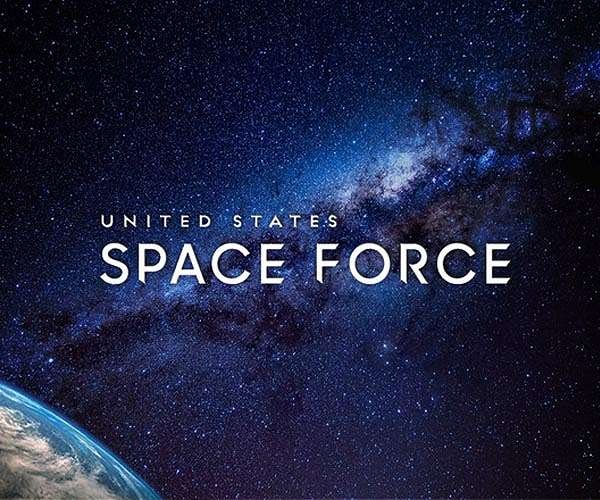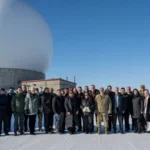
by Staff Writers,
Published by Space War, 5 March 2021
Washington DC (AFNS) – Headquarters U.S. Air Forces in Europe and Air Forces Africa hosted a joint, multi-national Combined Joint All Domain Command and Control demonstration in February.
The USAFE-AFAFRICA-led demonstration, which took place in the Baltic Sea region, incorporated the assistance of the 16th Space Control Squadron located at Peterson Air Force Base, Colo.
The collaboration confirmed the essential need for integration of Space Force assets into CJADC2, an evolution of military command and control designed to converge assets from all domains. To accomplish that objective, CJADC2 combines a vast network of sensors and warfighters that enables collective, real-time decision-making by commanders and operators.
“Investments in space capabilities increase the effectiveness of operations in every other domain – the U.S. military and our allies are better connected, more informed, faster, and precise because of space,” said Maj. Gen. Kimberly Crider, Space Force chief technology and innovation officer.
“With the rise of near-peer adversaries, it is essential we build on space capabilities to ensure we maintain the competitive advantage with our joint and allied partners.”
CJADC2 brings together sensors and shooters to improve the warfighters’ ability to understand the environment, decide how to respond and take appropriate action.
“The 16th SPCS was able to enhance all-domain objectives by fusing in additional spectrum-level perspectives into the demonstration,” said Lt. Col. Angelo Fernandez, 16th SPCS commander. “It gave us a real world opportunity to train and exercise with our coalition partners operating throughout various domains, gather lessons learned and continue to improve our operations.”
During the exercise, Guardians from the 16th SPCS conducted what is known as a MACE or Multiband Assessment of the Communication Environment. Fernandez shared three main capabilities provided to mission partners.
“First, we help warfighters better understand the electromagnetic spectrum environment on key satellite communication links utilized. Second, we troubleshoot any potential hostile or non-hostile interference of these long-haul communication pathways. Third, we disseminate critical information to increase our joint force’s lethality,” said Fernandez.
The CJDAC2 demonstration was just one way in which the Space Force is evolving and expanding its partnerships.
“Our efforts to deter and promote stability are enhanced by a multinational effort,” said Crider. “We are leveraging allied and coalition partner capabilities in operations and acquisitions to identify and close gaps in our space enterprise. These efforts are critical for the future success of the Space Force enterprise.”
See: Original Article




